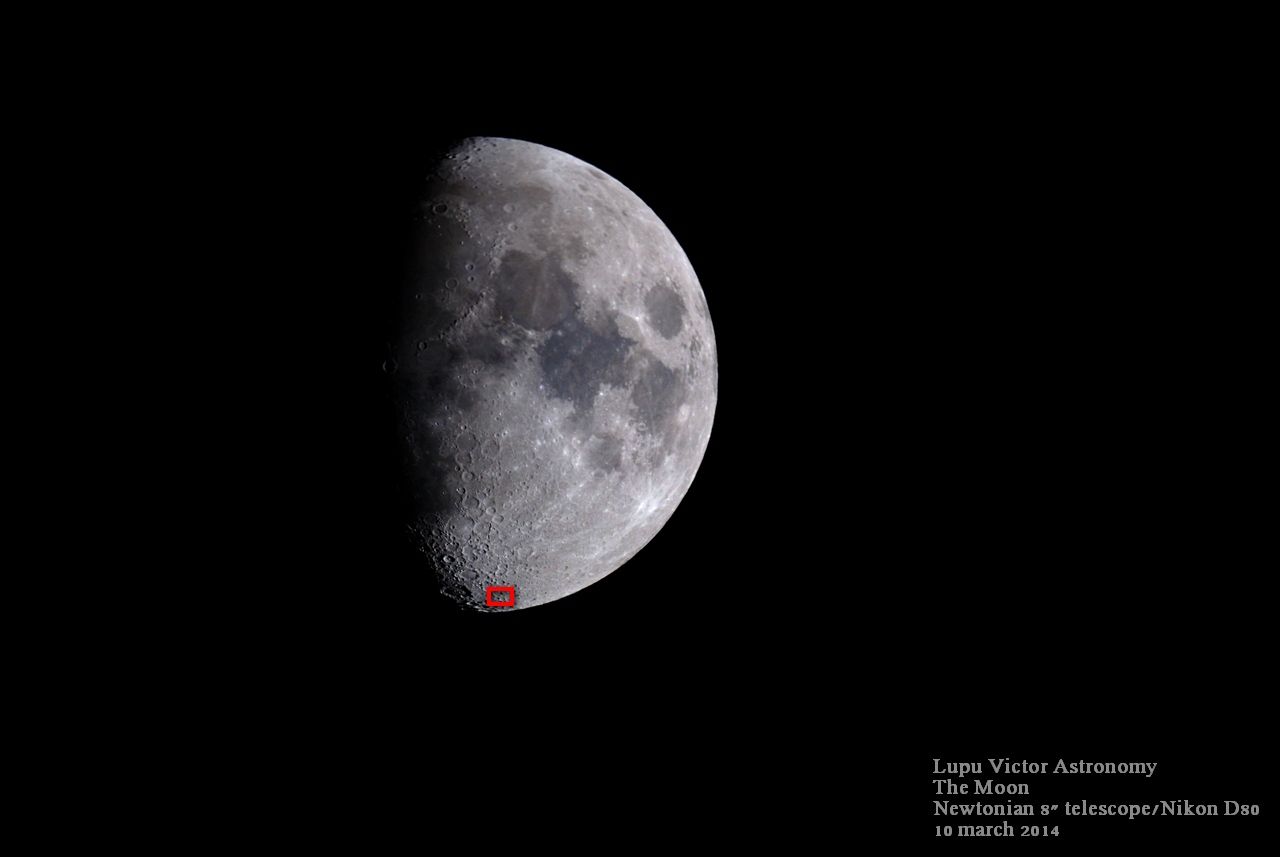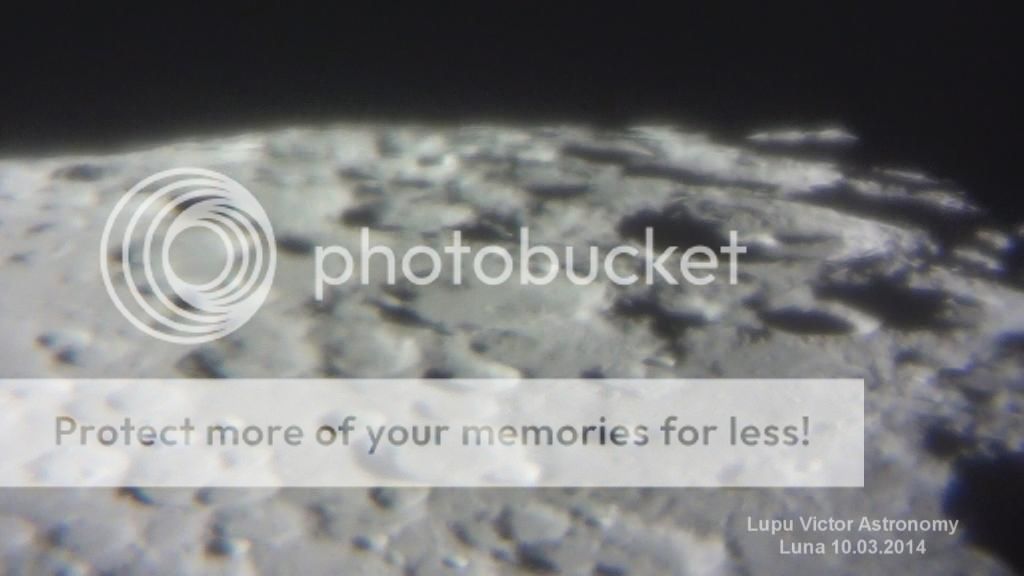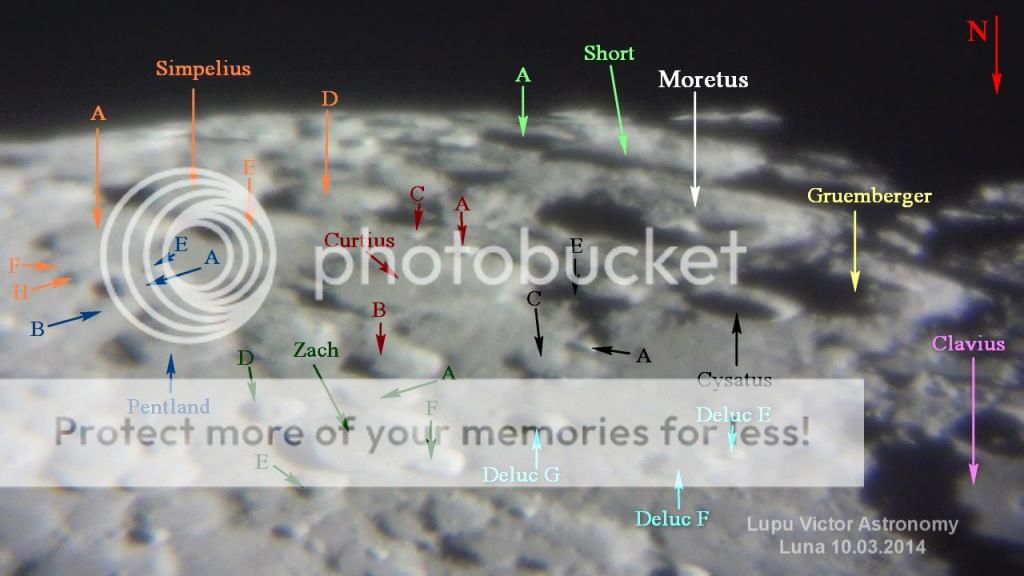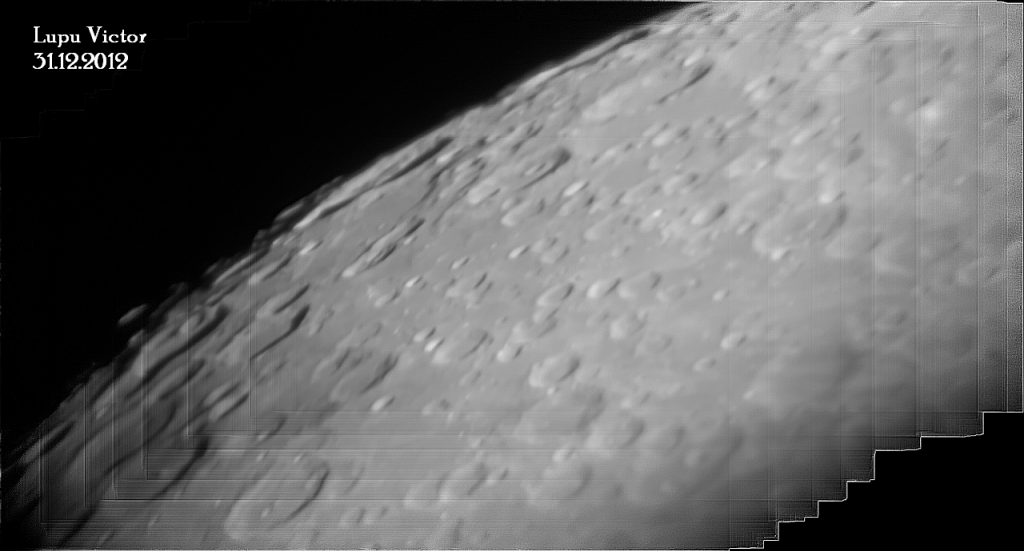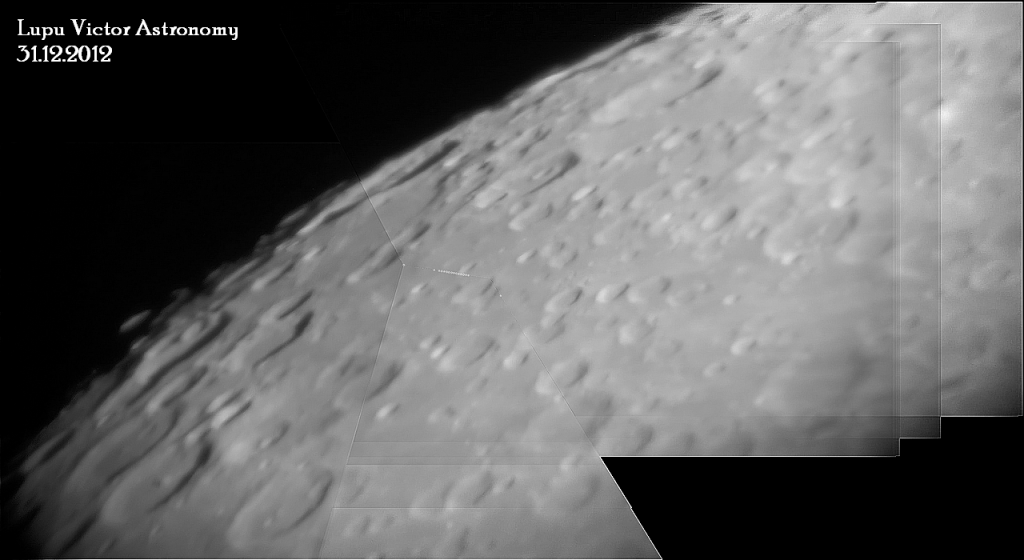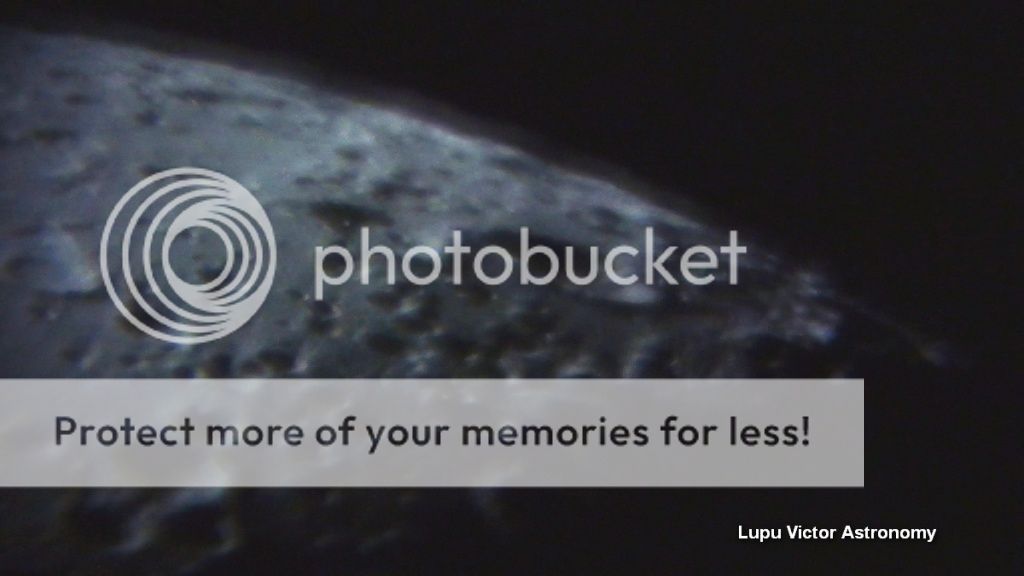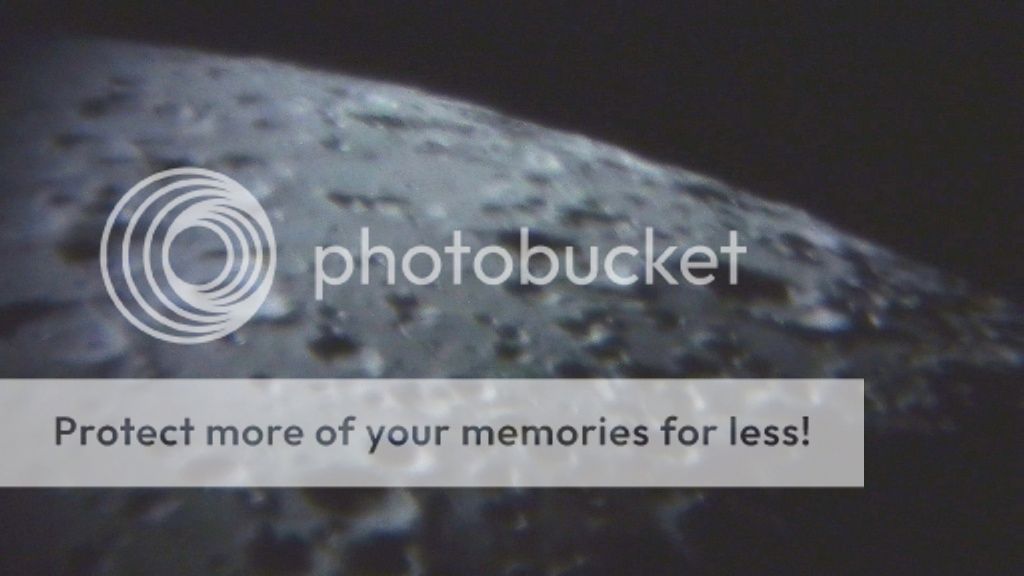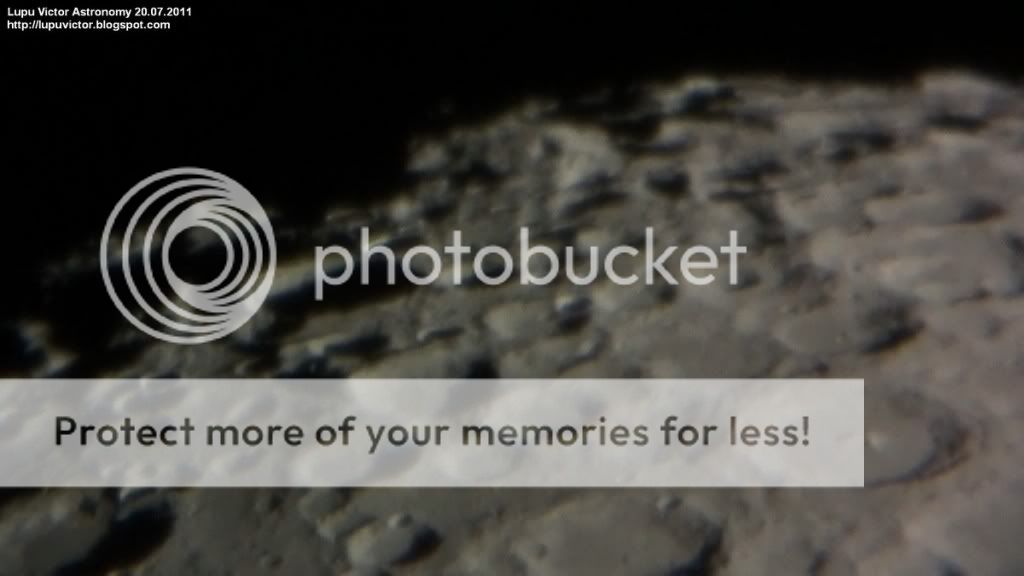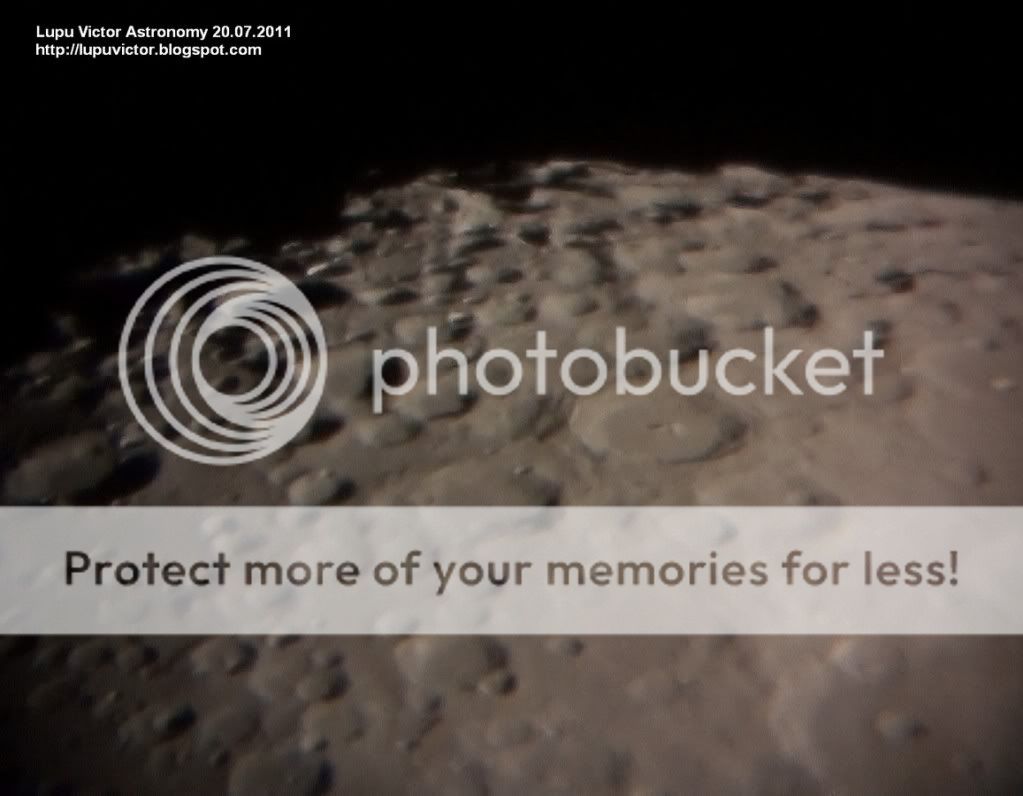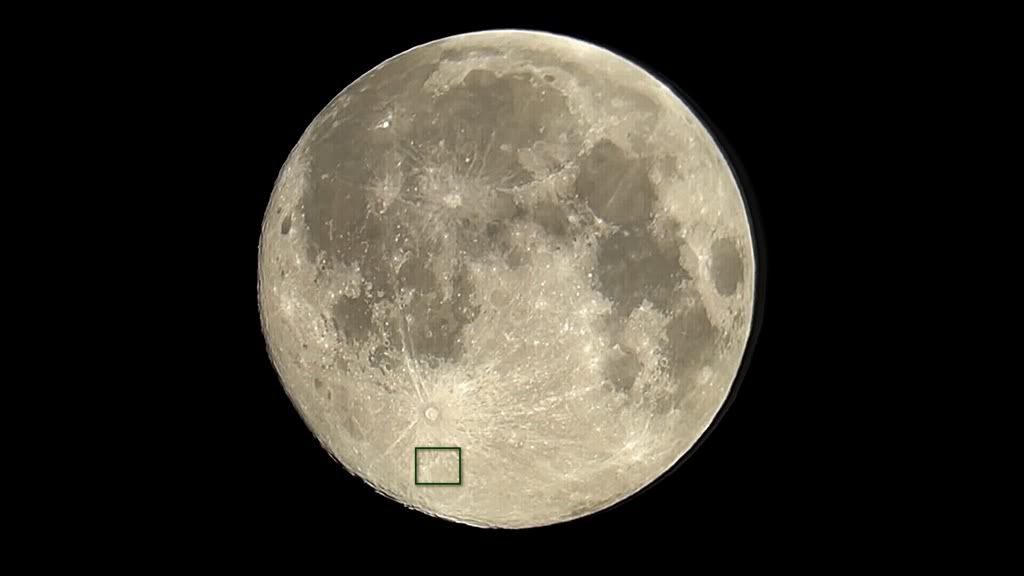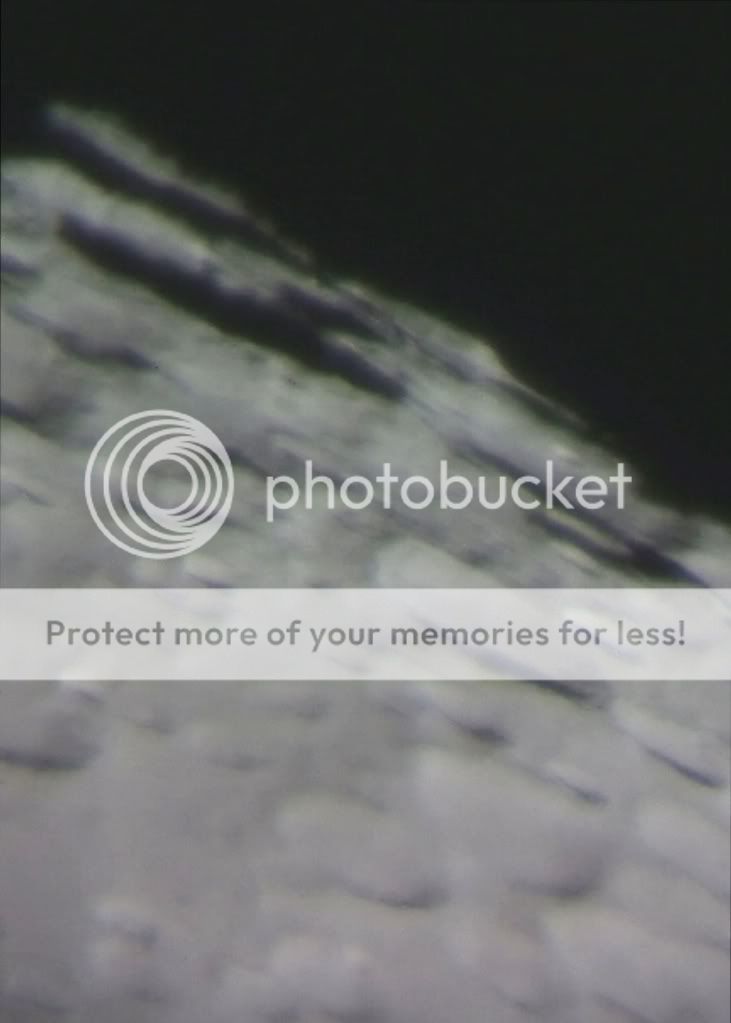 |
| 426 video frames in Registax. |
 |
| 1 video frames in Registax. |
 |
| 240 video frames in Registax. |
Zach (71 km) and Lilius (61 km) craters are located in a beautiful but "disturbed" area of the Moon, with craters of all sizes, namely the south of it.
Zach has a diameter of 71 km and a depth of 3.7 km. It seems though elongated seen from Earth as it is located near the edge of the Moon.
The name of Zach crater comes from Baron Franz Xaver von Zach (Franz Xaver Freiherr von Zach) (June 4, 1754 – September 2, 1832) was a Hungarian astronomer born at Pest, Hungary (now Budapest in Hungary). He studied physics in Pest, Hungary, and served for some time in the Austrian army.
He taught at the University of Lemberg (now Lviv, Ukraine). He lived in Paris in 1780-83, and in London from 1783 to 1786 as tutor in the house of the Saxon ambassador, Hans Moritz von Brühl. In Paris and London he entered the circles of astronomers like Joseph de Lalande, Pierre-Simon Laplace and William Herschel. In 1786 he was appointed by Ernest II, Duke of Saxe-Gotha-Altenburg director of the new observatory on Seeberg hill at Gotha, which was finished in 1791.
Other craters that are visible in photos are Moretus (114 km), Deluc (47 km), Gruemberger (94 km), Cysatus (49 km), Curtius (95 km) and Short (71 km).
In the picture below are labeled craters and other lunar features in the region. To better understand this photo, you should note that the label with the name or the letter of larger craters could be found at their center, and on the small craters, you should find them around them, usually above.
Moon Age: 9.05 days
Phase: 70.5% (0% = New, 100% = Full)
Distance: 399.221 km
Optics (telescope or lenses): Celestron C8-Newtonian telescope, eyepiece 20mm Plossl, 2x barlow
Mount: CG5 (EQ5)
Camera: Sony CX130
Filter: no
Date: 10/03/2014
Location: Baia Mare, Romania
Processing: Registax, FastStone Image Viewer








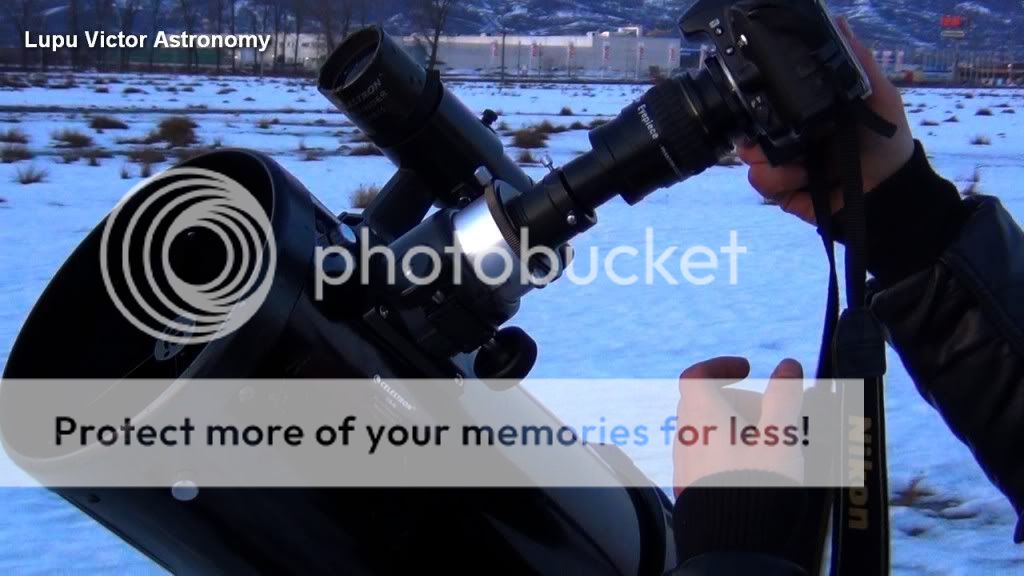

 Saturday, June 13, 2015
Saturday, June 13, 2015
 Unknown
Unknown



